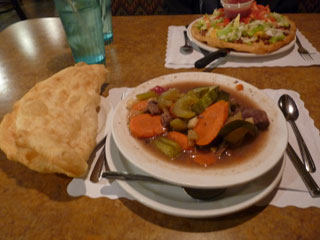Monday, October 12, 2009
Wild West Trip: Day 3 - Canyon de Chelly National Monument
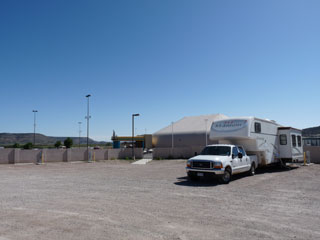
The next morning we departed from the RV park at Dancing Eagle Casino
headed along I-40 towards Gallup. Along the way we could see some
sections of Route 66 that paralleled I-40.
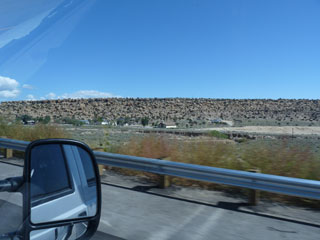
After we got unhitched at USA
RV Park, we took a side trip over to Canyon
de Chelly just across the Arizona border on the Navajo Indian
Reservation. Along the way, the land changes and turns into a dense
forest. Noticed several Navajos that had stopped their vehicles along
the road to pick pinyon pine nuts, highly sought after for their great
taste. We stopped in at the historic Hubbell Trading Post. John Lorenzo
Hubbell and his family conducted trade with the Navajo here for over 90
years starting in the late 1800s. The Hubbell
Trading Post today has the authentic feel, down to the creaking
floors, fresh bread, groceries, Arbuckles Ariosa coffee, Navajo rugs,
baskets, and jewelry for sale. 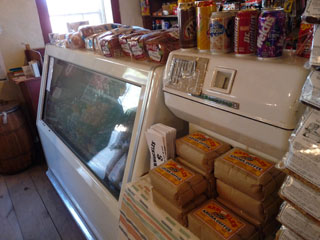
As
we drove through the town of Chinle we saw loose cattle milling about.
The terrain gets more rugged as you enter Canyon de Chelly National
Monument. Watch out for sheep along the road... On the way back down the
road near sunset we saw three wild horses running loose near us so keep
alert here. 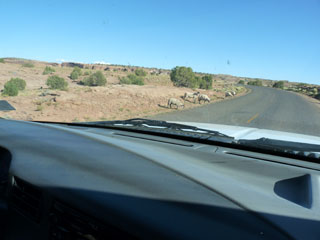
At
the first big scenic overlook there is a trail that ventures into a side
canyon. I talked with the Navajo artist Terry Yazzie displaying examples
of his paintings on sandstone and rock and purchased one.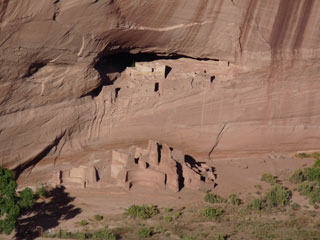
History
runs deep here. On up the road we stopped at an overlook where we could
see cliff dwellings in the distance on the other side of the canyon.
Several examples of pictograph rock art can be found along the sandstone
canyon walls here that were first painted by the Anasazi, a prehistoric
Pueblo people who lived here from A.D. 1 until 1300. The Navajos settled
in the area about 200 years later. Areas such as Spider Rock in Canyon
de Chelly and the surrounding area of Arizona and New Mexico that are a
part of the Navajo Nation are sacred to the Navajo, with deep symbolical
meaning. The Navajo word for their homeland is "Dine'bikeyah." As
pioneers inhabited the West, the Navajos were forced to move from their
homes by the U.S. Army during the Civil War to Fort Sumner in New
Mexico. Villages, houses, and property was destroyed. The conditions at
Fort Sumner were severe, with lack of food and deplorable conditions.
When this became known to officials in Washington, negotiations were led
by Grant that led to the return of the Navajo in 1868 back to their
homeland that is defined today as the Navajo Reservation comprising
parts of Arizona, New Mexico, and Utah. This area contains many historic
and recreational sites, with over a dozen national monuments. 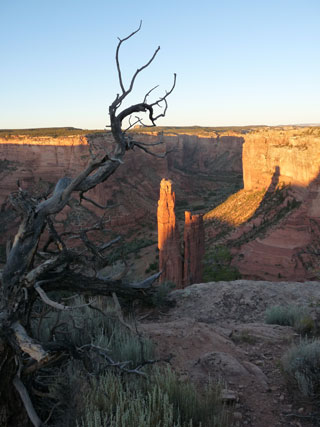
After a day at Canyon de Chelly, we stopped in at the Junction
Restaurant in Chinle for some authentic Navajo food. My beef soup
and fry bread were delicious and a perfect way to end the day. 